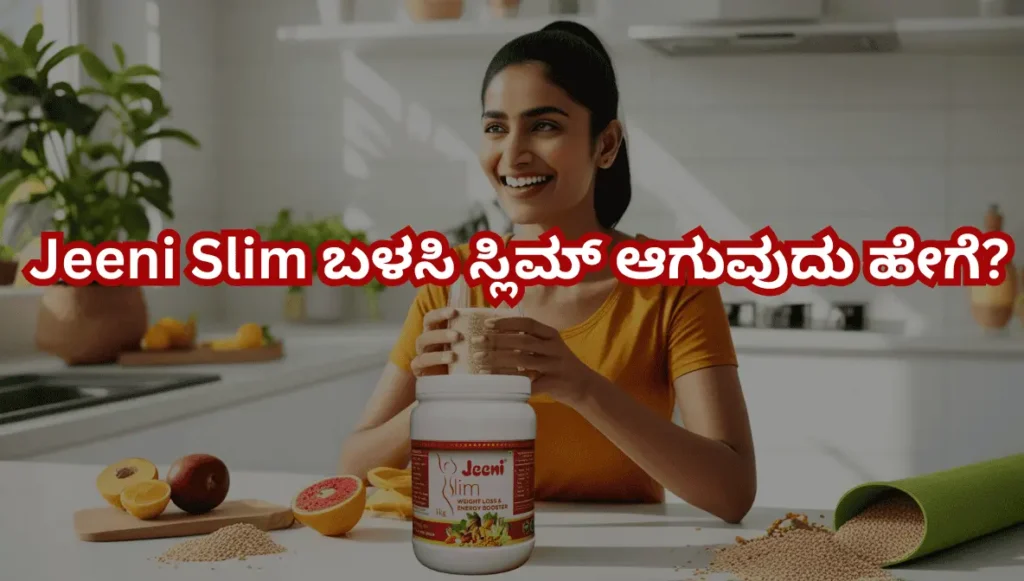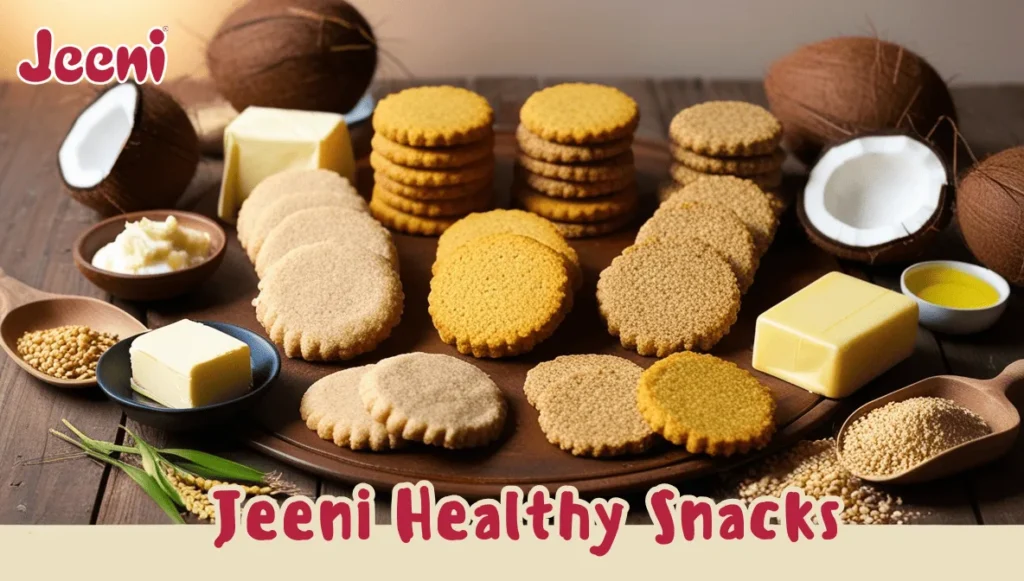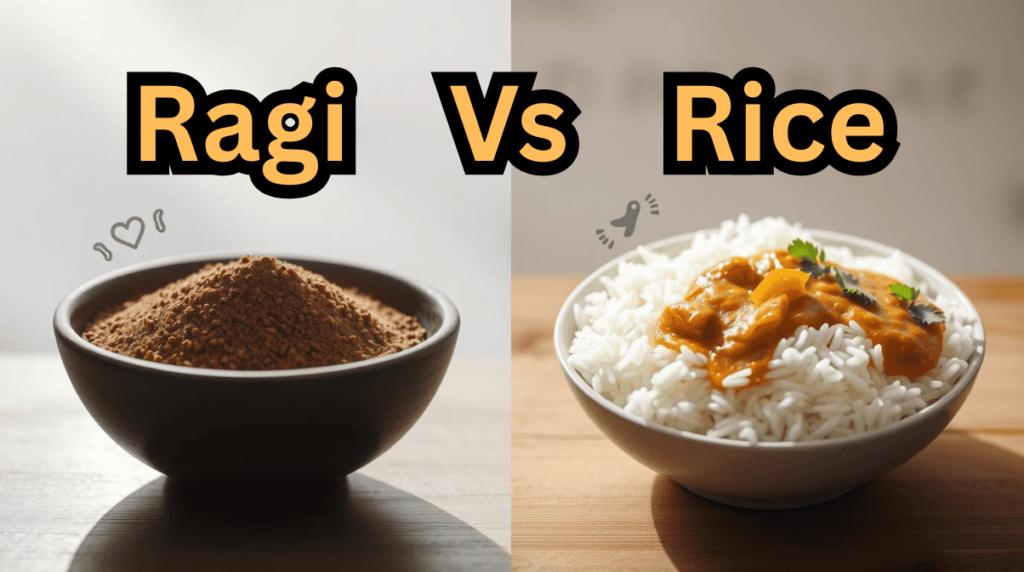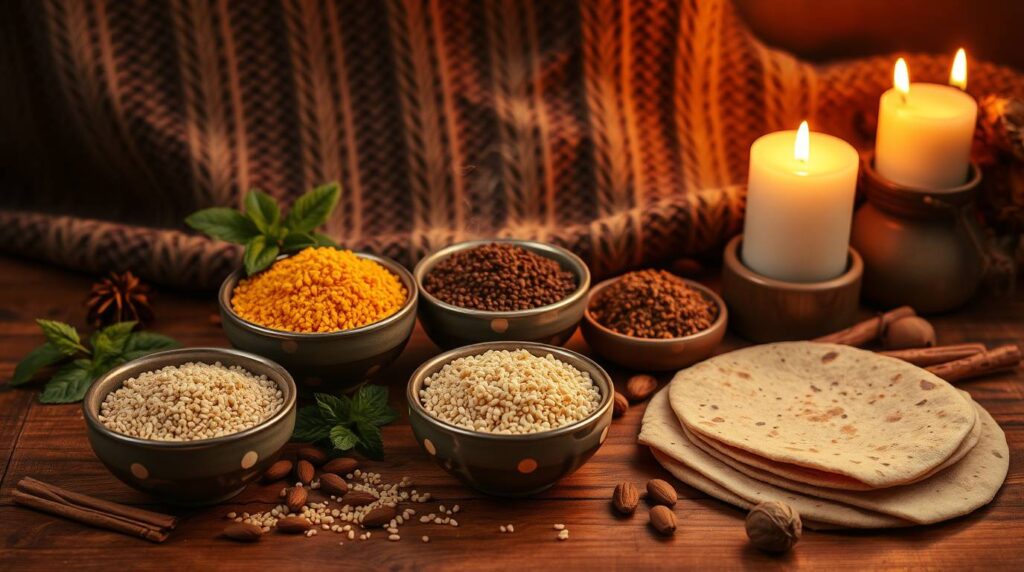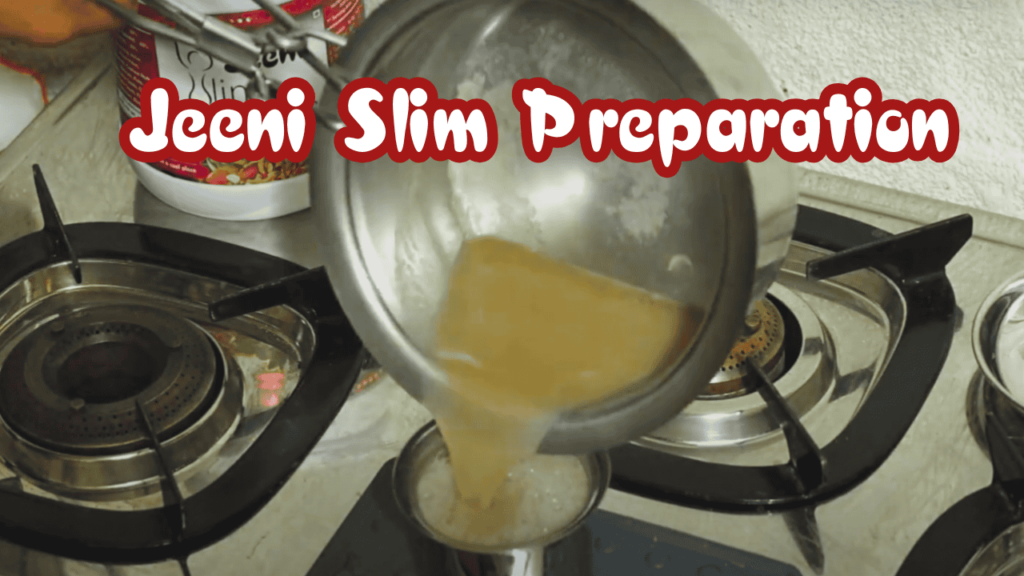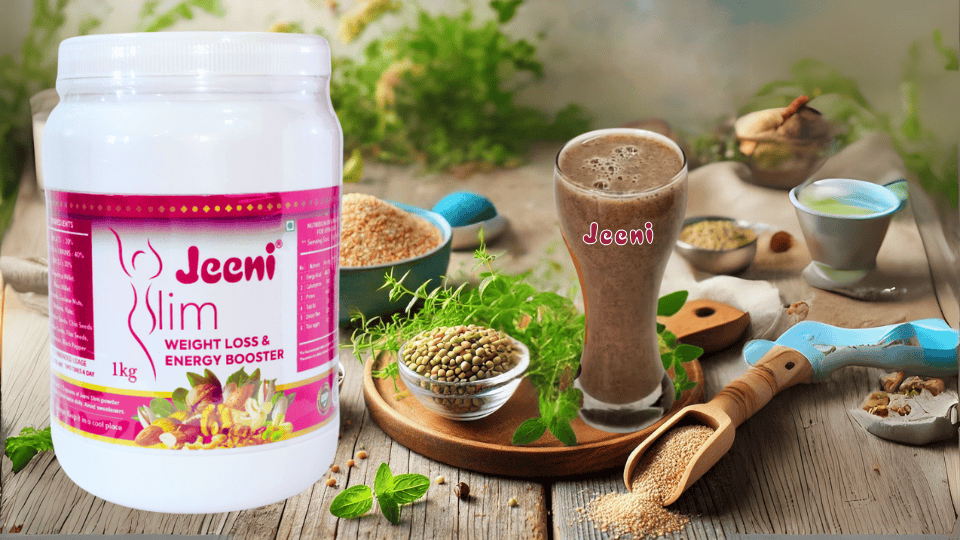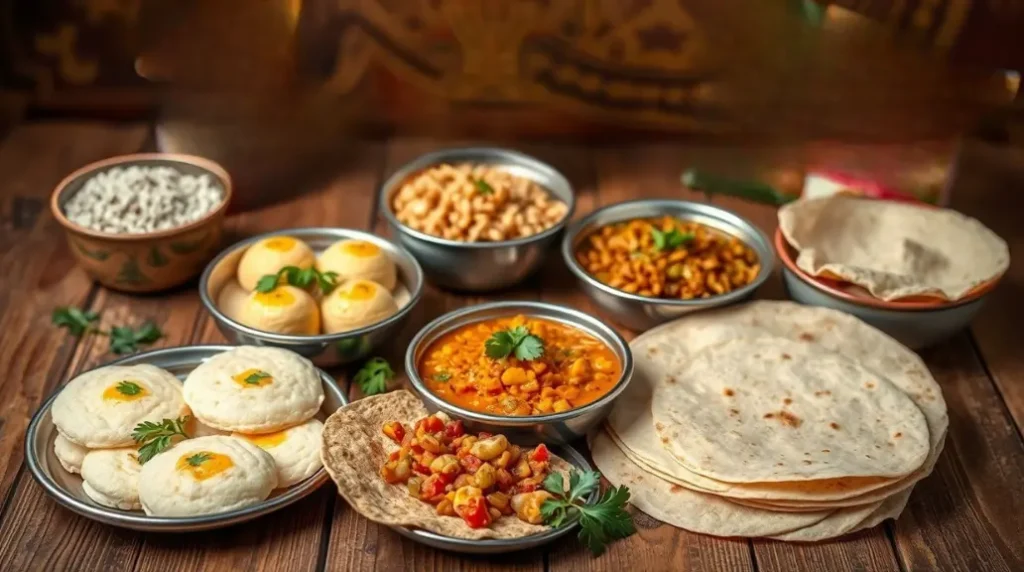Millets: The Ancient Superfood Making a Modern Comeback
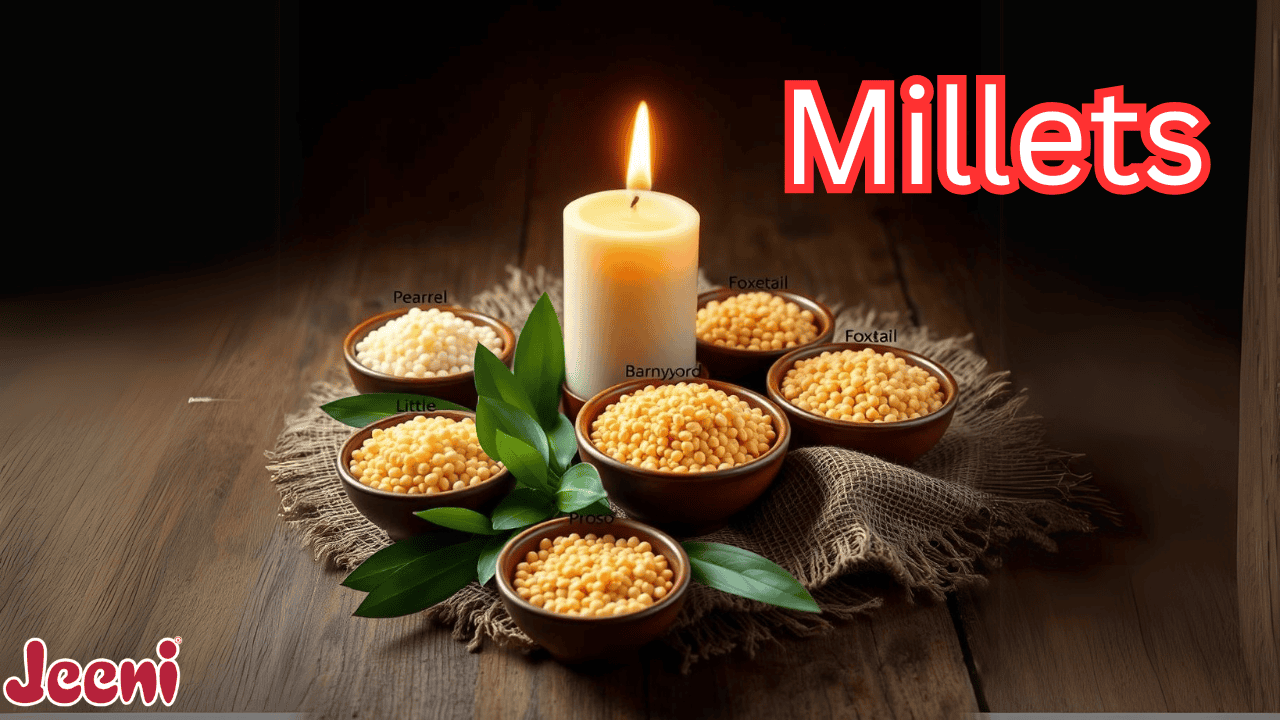
Table of Contents
Millets: The Ancient Superfood Making a Modern Comeback
In a world dominated by polished rice and refined wheat, millets are slowly but surely making a grand return to our plates. Once considered a staple in many traditional diets across the globe, especially in India and Africa, these tiny grains are now being celebrated for their impressive health benefits and eco-friendly nature. From aiding weight loss to improving heart health, millets are truly a nutritional powerhouse.
What Are Millets?
Millets are a group of small-seeded grasses that have been cultivated for thousands of years. They are drought-resistant, require minimal fertilizers, and thrive in arid regions, making them a sustainable crop choice. Some of the most popular types of millets include:
- Pearl Millet (Bajra)
- Finger Millet (Ragi)
- Foxtail Millet (Kangni)
- Kodo Millet
- Barnyard Millet
- Little Millet
- Proso Millet
Each type has its unique taste, texture, and nutritional benefits.
Why Are Millets Making a Comeback?
With the rise in lifestyle-related health issues such as diabetes, obesity, and heart disease, people are turning to healthier, more holistic food options. Millets check all the right boxes:
- Gluten-free: Ideal for people with gluten sensitivity or celiac disease.
- Rich in fiber: Keeps you full longer and aids digestion.
- Low glycemic index: Helps in maintaining stable blood sugar levels.
- Packed with nutrients: Full of iron, calcium, magnesium, and essential amino acids.
What’s more, millets are naturally organic and require fewer chemical inputs compared to rice or wheat, making them a planet-friendly food.
Health Benefits of Millets
Let’s take a closer look at why millets are being hailed as a superfood:
1. Supports Weight Loss
Millets are high in dietary fiber, which helps in curbing hunger and reducing overeating. The slow digestion of millets keeps you fuller for longer, reducing the urge to snack frequently.
2. Controls Blood Sugar Levels
Thanks to their low glycemic index, millets release glucose into the bloodstream slowly. This helps in controlling blood sugar spikes, making them a great choice for diabetics.
3. Improves Heart Health
Rich in magnesium and antioxidants, millets help reduce bad cholesterol, manage blood pressure, and support overall heart health.
4. Boosts Digestive Health
The high fiber content helps in regular bowel movement and prevents issues like constipation, bloating, and acidity.
5. Strengthens Bones
Especially in varieties like ragi, millets are a fantastic source of calcium and iron—essential for maintaining strong bones and preventing anemia.
Millets in Indian Tradition
Long before trendy diets and wellness influencers, our ancestors were already cooking with millets. Traditional dishes like ragi mudde, bajra roti, and kodo millet upma have been part of Indian culinary heritage for centuries. In fact, millets were the staple before rice and wheat took over due to industrial agriculture.
Today, many households are bringing back these traditional recipes with a modern twist. Whether it’s millet dosa, millet khichdi, or millet laddoos, these grains blend easily into daily meals without compromising on taste.
How to Add Millets to Your Diet
Incorporating millets into your meals doesn’t mean a complete overhaul of your current diet. Here are some easy ideas:
- Replace white rice with foxtail millet or little millet.
- Make porridge with finger millet (ragi) for a wholesome breakfast.
- Add cooked millets to salads for a fiber-rich lunch.
- Try millet flour rotis instead of wheat.
- Experiment with millet-based snacks like cookies, energy bars, and crackers.
If you’re just starting out, go slow—swap one grain at a time and see how your body responds.
Millets Are Good for the Planet Too
Millets are not just good for us, but also for the earth. They are:
- Water-efficient crops
- Require minimal use of pesticides and fertilizers
- Grow well in poor soil conditions
- Have a short growing season, making them ideal for crop rotation
By choosing millets, you’re supporting sustainable agriculture and reducing your carbon footprint.
Conclusion: A Grain for the Future
Millets are a gift from the past that hold the promise of a healthier future. In a time when lifestyle diseases are rampant and climate change is affecting food security, switching to millets is a small but powerful step toward better health and sustainability.
So, the next time you’re planning your grocery list or prepping your meals, consider adding millets into the mix. Whether it’s in the form of Jeeni Millet Traditional Mix or your grandma’s age-old ragi recipe, your body—and the planet—will thank you.


